This month’s recipe is a sinfully good mango cheesecake recipe prepared by our head chef, Jose. Sometimes referred to as the “king of the fruits,” mango is an extremely popular and highly nutritional fruit which can be feasted upon throughout the year as it is always in season. Another common term associated with the main ingredient in our mango cheesecake recipe is superfruit or superfood.
What is a superfruit? I am sure you’re having visions of superman and superpowers running through your head, but I wouldn’t get my hopes up to see mangoes flying through the sky or zapping anyone with lightening quite yet. Superfruit is simply a term that companies came up with to advertise less common fruits that have the potential for health benefits. However, in this case, the mango is actually very good for you and doesn’t pack the higher calorie count like some other fruits. Mangos normally run about 100 calories per cup. They contain more than 20 different vitamins and minerals, are fat-free, sodium free and cholesterol free. Que rico! As we say here in Cosa Rica.
Its scientific name is Mangifera Indica and it is part of the plant family Anacardiaceae. This yellow, fibrous fruit was originally found in southern Asia in the foothills of the Himalayas in northeastern India, Burma, and Bangladesh. Since its original discovery, mango trees have moved across the globe and now grow in most tropical countries as well as some subtropical ones. Although India is still the number one producer of this superfood, making almost half of the world’s total supply, China, Thailand and Pakistan make up another large portion.
A lesser known fact about mangoes is that the tree itself can be used for a few different medicinal purposes. For instance, dried mango flowers are sometimes used as astringents to help with cases of diarrhea, chronic dysentery, catarrh of the bladder and chronic urethritis. The bark itself contains mangiferin and is also an astringent used to treat rheumatism and diphtheria in India. The resinous gum from the trunk is applied on cracks in the skin of the feet and on scabies and is believed helpful in cases of syphilis.
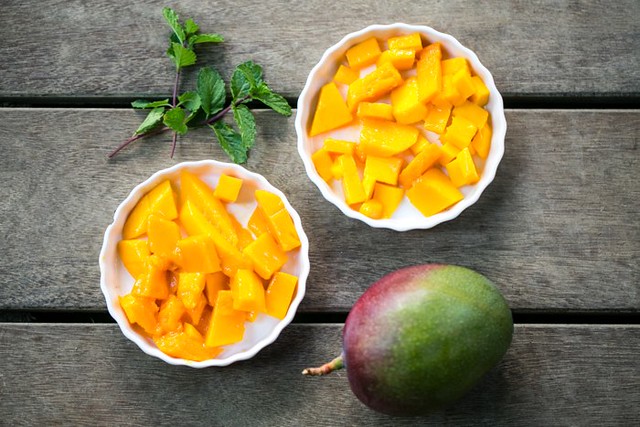
Some of the more indigenous practices involve the wood of the mango tree being kiln-dried or seasoned in saltwater. It is gray or greenish-brown, coarse-textured, medium-strong, hard, durable in water but not in the ground, easy to work and finishes well. In India, after preservative treatment, it is used for rafters and joists, window frames, agricultural implements, boats, plywood, shoe heels and boxes, including crates for shipping tins of cashew kernels. It makes excellent charcoal. The bark of the tree also possesses 16% to 20% tannin and has been employed for tanning hides. It yields a yellow dye, or, with turmeric and lime, a bright rose-pink dye.
Now, what we know you all have been waiting for…our decadent Mango Cheese Cake Recipe!

Mango Cheese Cake Recipe
From the Kitchen of Blue Osa
Ingredients
Crust
1 ½ cups graham cracker crumbs
½ cup sugar
6 tablespoons butter, melted
Filling
3 large ripe mangoes, cubed
3 (8-ounce) packages cream cheese, softened
1 1/4 cups sugar
2 teaspoons vanilla extract
4 large eggs
Garnishes: fresh mango slices, fresh berries, fresh mint
Preparation
Crust
Stir together the graham crackers crumbs, sugar and melted butter in a bowl
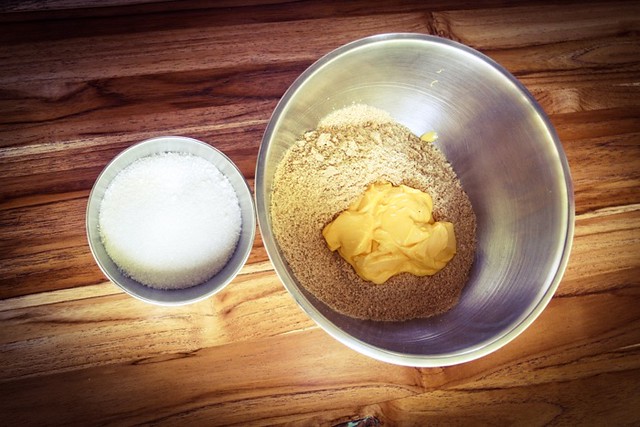
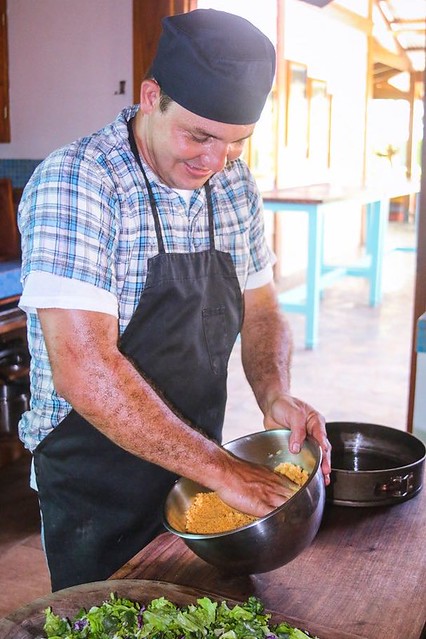
Press into bottom and 1-inch up sides of a buttered, 9-inch spring form pan.
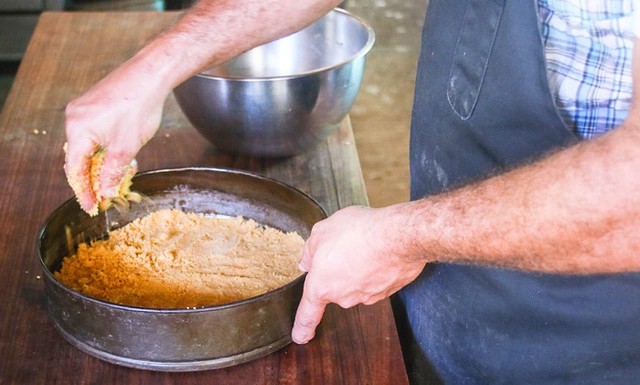
Bake at 325º for 12 minutes.
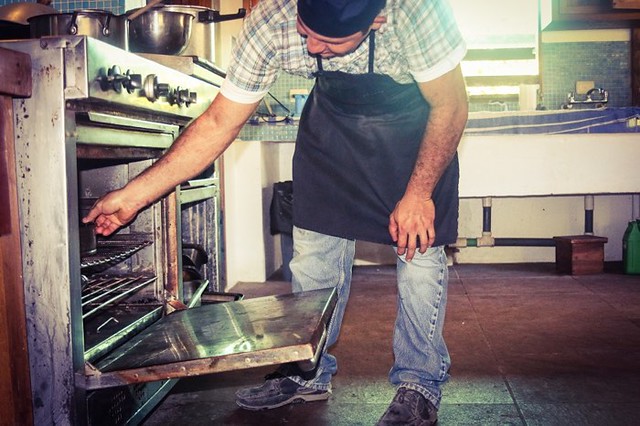
Remove from oven, and set aside.
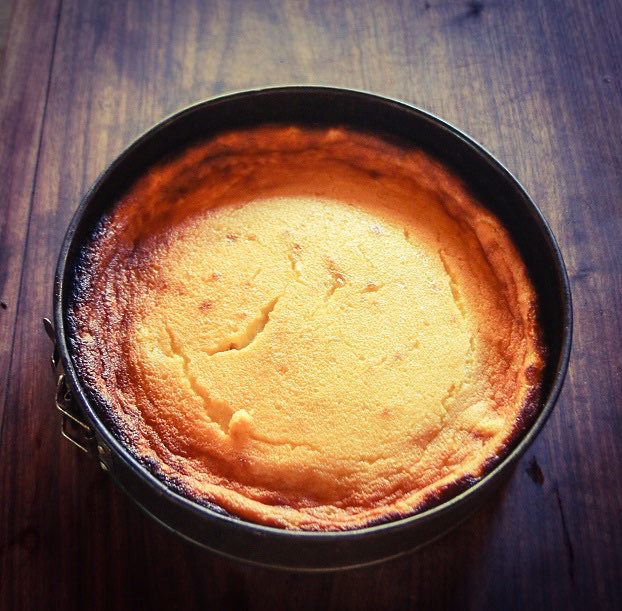
Filling
Process mangoes in food processor until pureed.
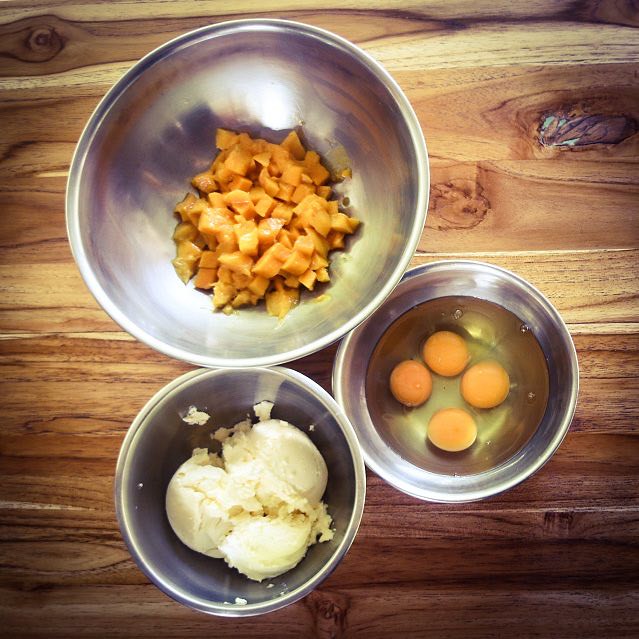
With an electric mixer, beat cream cheese, 1 1/4 cups sugar, and vanilla until fluffy.
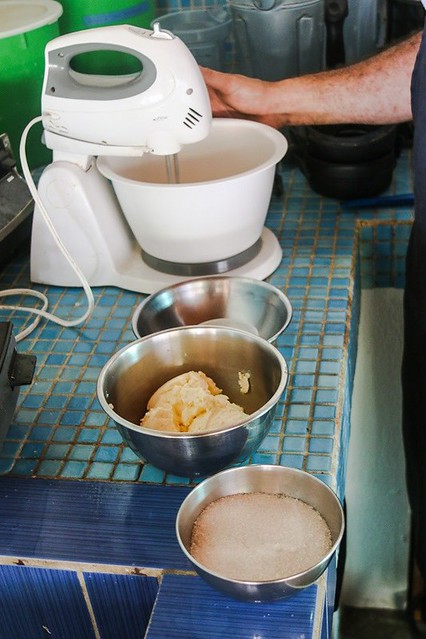
Beat in eggs 1 at a time, mixing just until yellow disappears after each addition.
Stir in mango puree.
Pour batter into prepared crust.
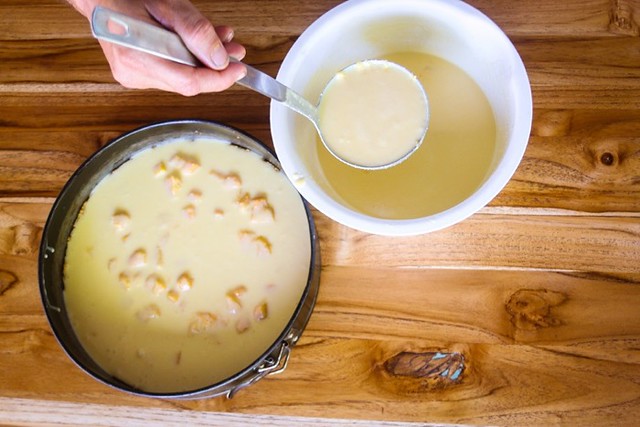
Bake at 325º for 1 hour and 25 minutes.
Cool in pan on a wire rack 1 hour.
Cover and chill 8 hours. Garnish with fresh mango, if desired.
Voila! You won’t want to make any other type of cheesecake after you taste the sweet and texturally pleasing sabores (flavors) of this desert!
Tell us how it turned out! Let us know the results of using our mango cheesecake recipe in the comments below.
Pin this post for later!
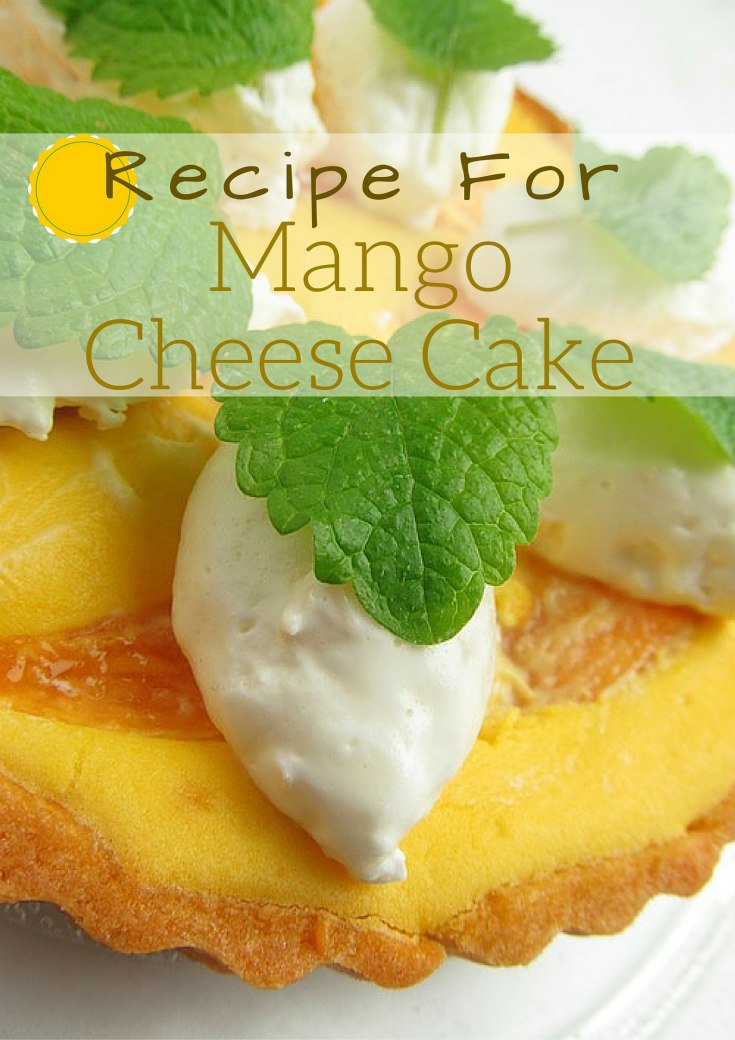
About the Author
 Sarah Barnes is a level 200 Registered Yoga Teacher, photographer, writer/blogger, communications professional and owner of Modern Warrior Yoga. Sarah is an alumni of Texas Tech University where she graduated with International Business and a Photo Communications degrees. She recently left her job as the lead spokesperson for Sherwin Alumina Company to explore the world and is currently volunteering at Blue Osa as a blogger, photographer and yoga instructor.
Sarah Barnes is a level 200 Registered Yoga Teacher, photographer, writer/blogger, communications professional and owner of Modern Warrior Yoga. Sarah is an alumni of Texas Tech University where she graduated with International Business and a Photo Communications degrees. She recently left her job as the lead spokesperson for Sherwin Alumina Company to explore the world and is currently volunteering at Blue Osa as a blogger, photographer and yoga instructor.
Follow Sarah her journey and adventures in Costa Rica!
Read her stories on her Blog






